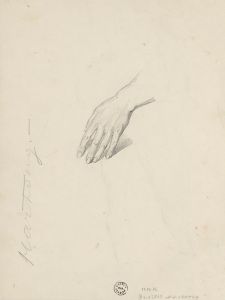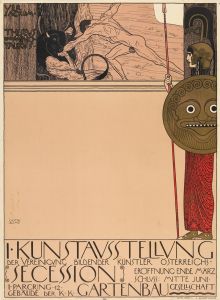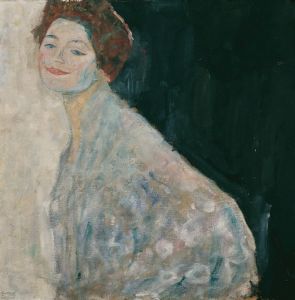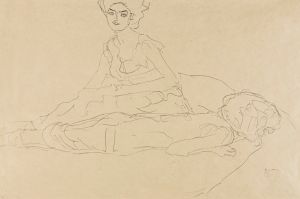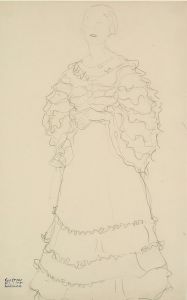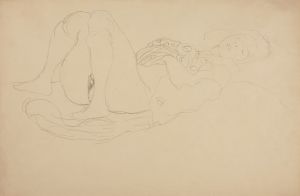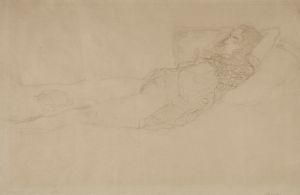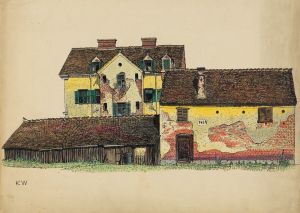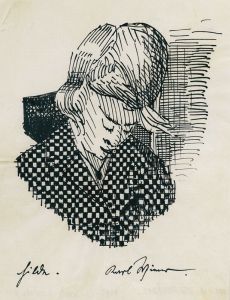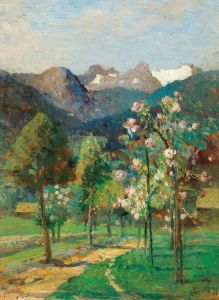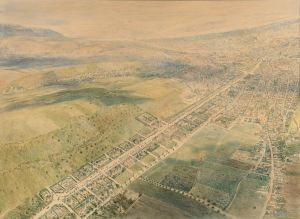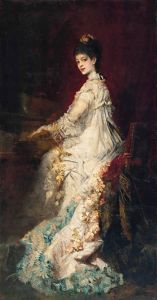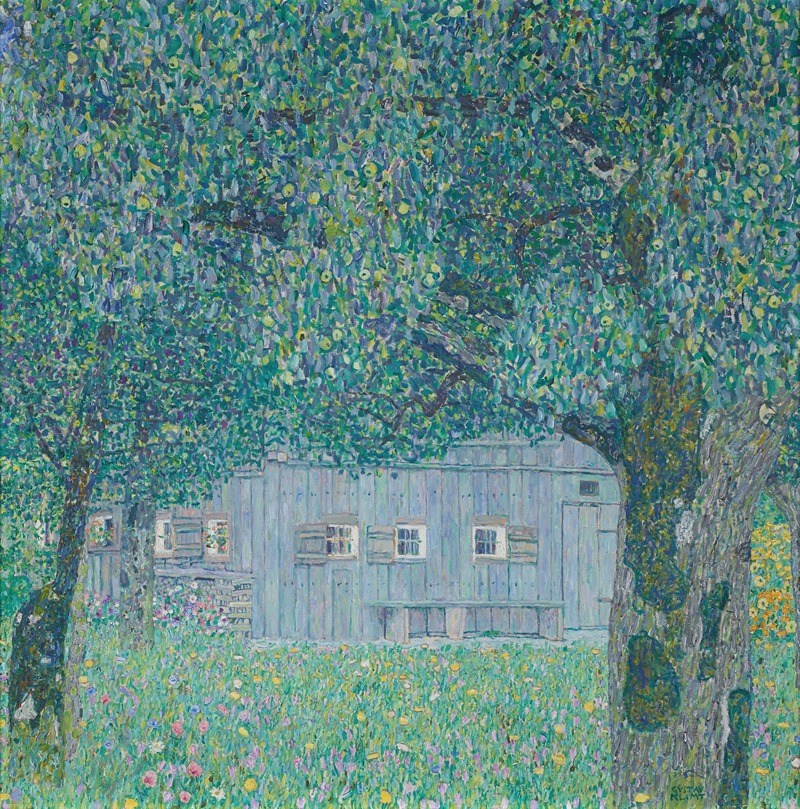
Bauernhaus in Buchberg
A hand-painted replica of Gustav Klimt’s masterpiece Bauernhaus in Buchberg, meticulously crafted by professional artists to capture the true essence of the original. Each piece is created with museum-quality canvas and rare mineral pigments, carefully painted by experienced artists with delicate brushstrokes and rich, layered colors to perfectly recreate the texture of the original artwork. Unlike machine-printed reproductions, this hand-painted version brings the painting to life, infused with the artist’s emotions and skill in every stroke. Whether for personal collection or home decoration, it instantly elevates the artistic atmosphere of any space.
Gustav Klimt, an Austrian symbolist painter, is renowned for his distinctive style and significant contributions to the Vienna Secession movement. One of his lesser-known works, "Bauernhaus in Buchberg," exemplifies his exploration of landscapes, a genre he frequently engaged with during his summer retreats.
"Bauernhaus in Buchberg" is a landscape painting that captures the serene and picturesque essence of the Austrian countryside. Klimt painted this work during one of his summer stays in the rural areas outside Vienna, where he often sought inspiration away from the bustling city life. These retreats were crucial for Klimt, as they provided him with the tranquility and solitude necessary to explore different artistic themes and techniques.
The painting depicts a farmhouse in Buchberg, a small village that offered Klimt a peaceful environment to work in. Unlike his more famous portraits and allegorical works, "Bauernhaus in Buchberg" focuses on the natural beauty and simplicity of rural life. Klimt's approach to landscape painting was unique; he often employed a decorative style, emphasizing patterns and colors over realistic representation. This technique is evident in "Bauernhaus in Buchberg," where Klimt uses vibrant colors and intricate patterns to convey the lushness of the countryside.
Klimt's landscapes are characterized by their attention to detail and the use of color to evoke mood and atmosphere. In "Bauernhaus in Buchberg," he employs a rich palette that captures the essence of the natural surroundings. The painting reflects Klimt's fascination with the interplay of light and shadow, as well as his ability to create depth and texture through his brushwork.
While Klimt is primarily celebrated for his portraits and allegorical paintings, his landscapes offer a glimpse into another facet of his artistic vision. "Bauernhaus in Buchberg" is a testament to his versatility as an artist and his ability to find beauty in the simplicity of nature. The painting is part of a broader body of work that Klimt produced during his time in the countryside, showcasing his continued interest in exploring different subjects and styles.
Klimt's landscapes, including "Bauernhaus in Buchberg," have gained recognition for their contribution to the development of modern landscape painting. They reflect his innovative approach to art, blending elements of symbolism and impressionism to create works that are both visually striking and emotionally resonant. Through these paintings, Klimt not only captured the beauty of the Austrian landscape but also expressed his personal connection to nature and his desire to explore new artistic horizons.
In summary, "Bauernhaus in Buchberg" is a significant work within Gustav Klimt's oeuvre, highlighting his skill as a landscape painter and his ability to convey the tranquility and beauty of rural Austria. The painting remains an important example of Klimt's artistic exploration beyond his more widely recognized portraits and allegorical compositions.





